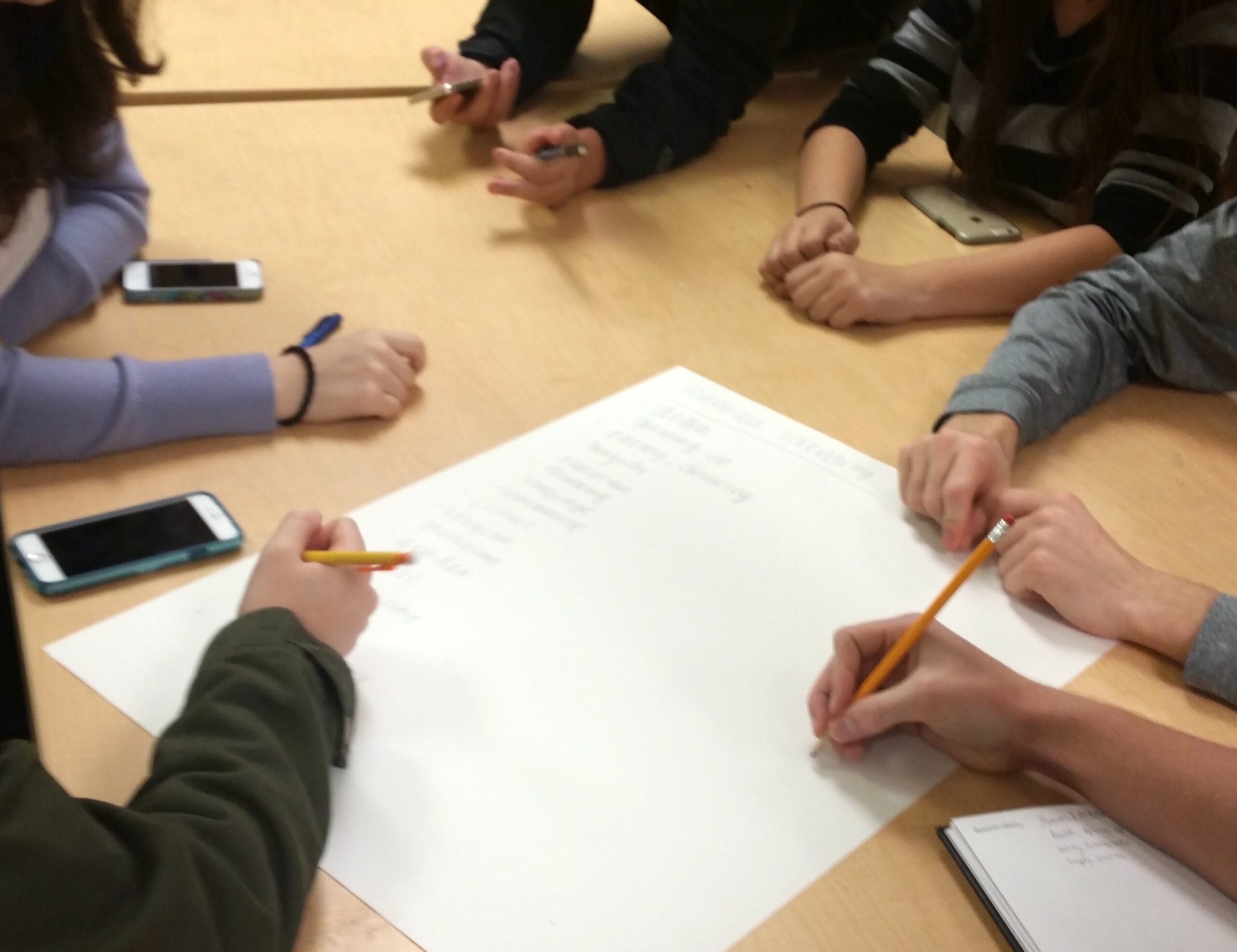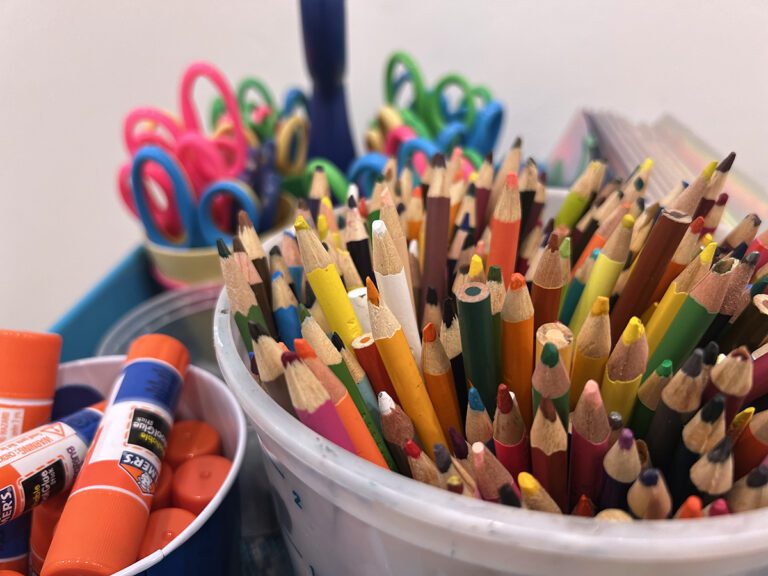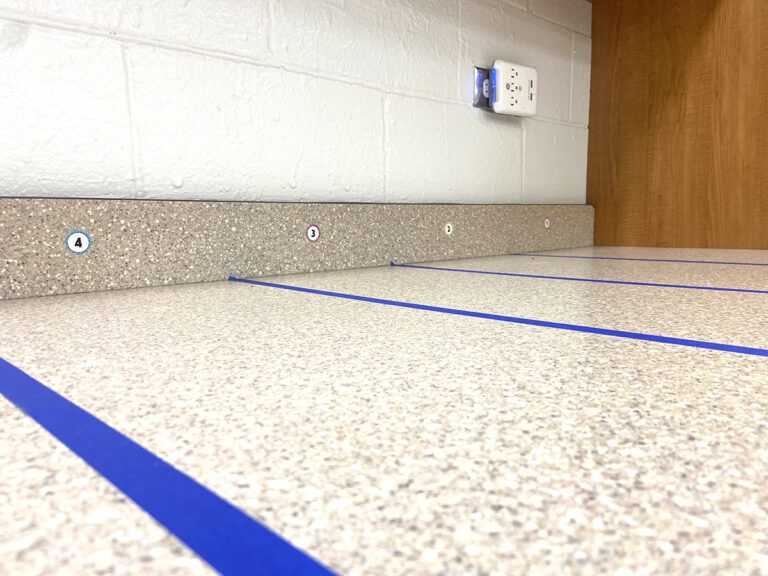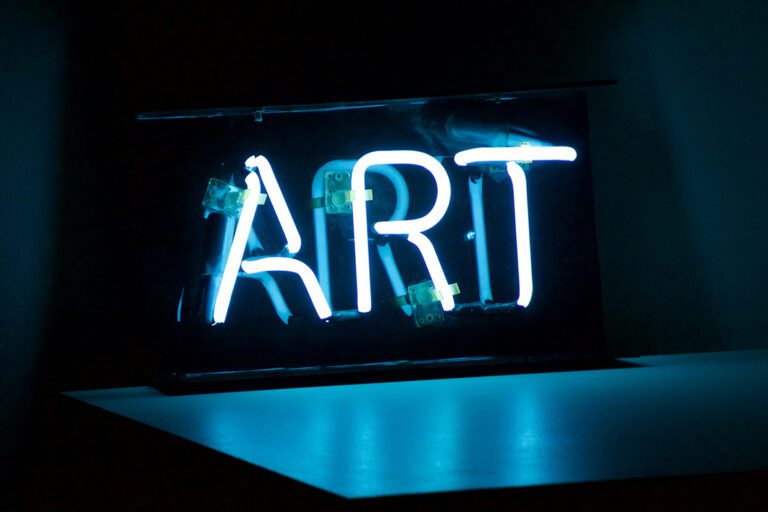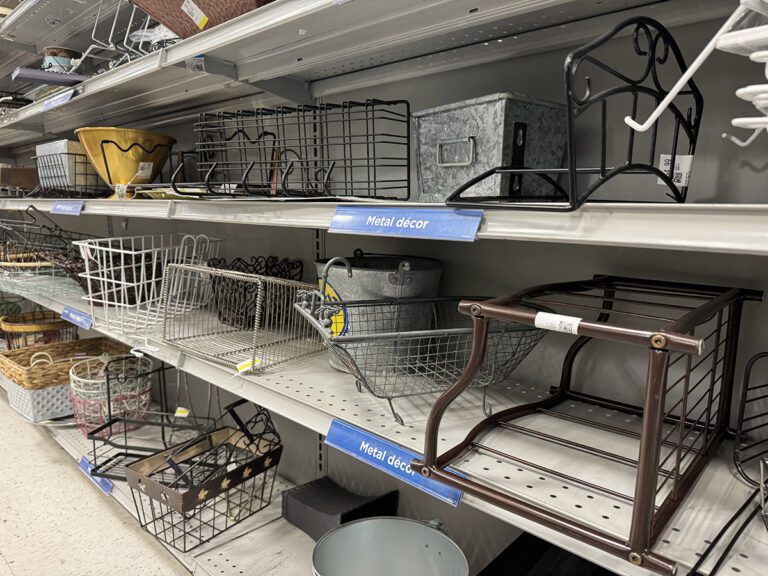Once you’ve been in education for a while, you notice how often new trends and buzzwords develop. Some are here one day and gone the next, while others stick around. Collaboration is one that has stuck, and for good reason.
It’s included on the Framework for 21st Century Learning because working together toward a greater goal has many benefits. It allows students to build deeper understanding through accessing the knowledge of the group, practicing vocabulary, and applying skills. The ability to work with others is also an essential skill for the workforce of today, and it’s projected to be more so in the future.
Collaboration is a valuable learning tool, and one we should include in our art programs. However, not all collaboration has the same educational value. How should collaboration be used in the classroom and what are the potential benefits?
Types of Collaboration
1. Teacher-Directed
In teacher-directed collaboration, the vision and the plan for the collaboration come from the adult. Students are assigned tasks, like working on a section of a painting or making a portrait in a specific color. The work is then assembled by the teacher for maximum visual impact.
Benefit: Being part of creating something bigger than any student could do alone.
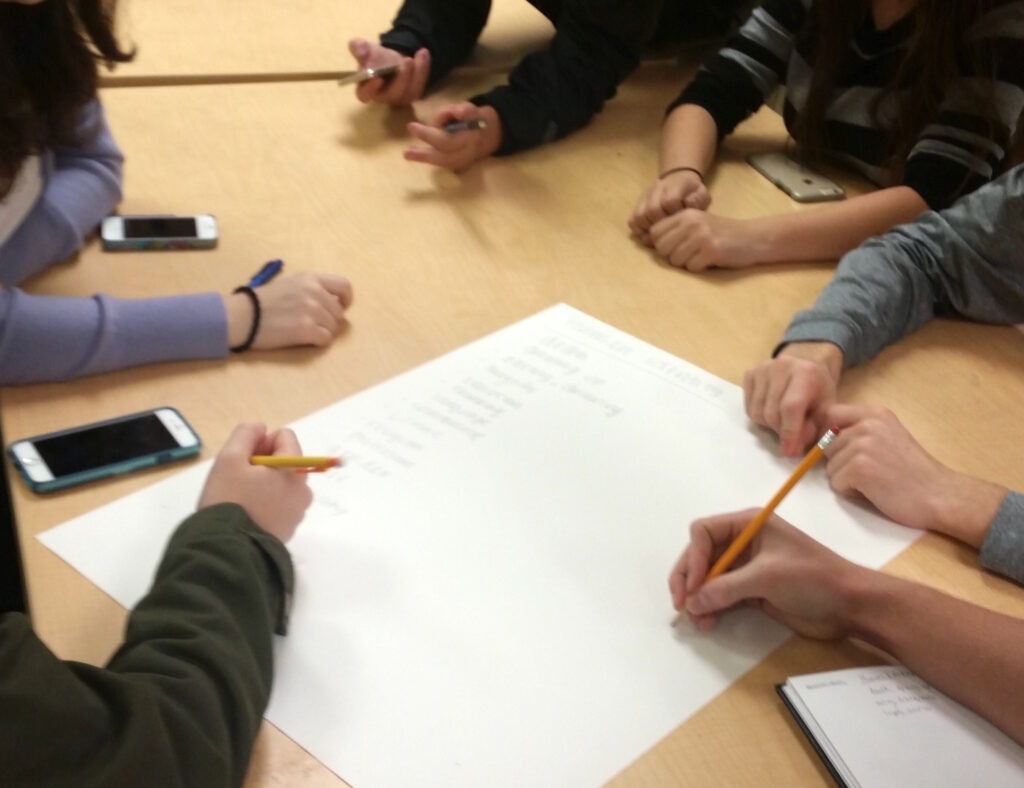
2. Assigned
This type of collaboration typically involves a task that students are asked to carry out. It gives an opportunity for planning, problem-solving, and application. It’s a natural fit for applying concepts and using vocabulary.
Benefits: Developing vocabulary and problem-solving skills. Learning how to work as part of a team.
3. Student-Directed
In student-directed collaboration, the students’ vision is created. Students conceive an idea and plan how to create it, deciding everything from materials to team members. This type of organic partnering needs some flexibility in class structure to happen – TAB classrooms are a perfect fit.
Benefits: Learning how to take big ideas from the planning stages to fruition, and all the great lessons in between. Plus, students are deeply motivated when working on self-directed projects.
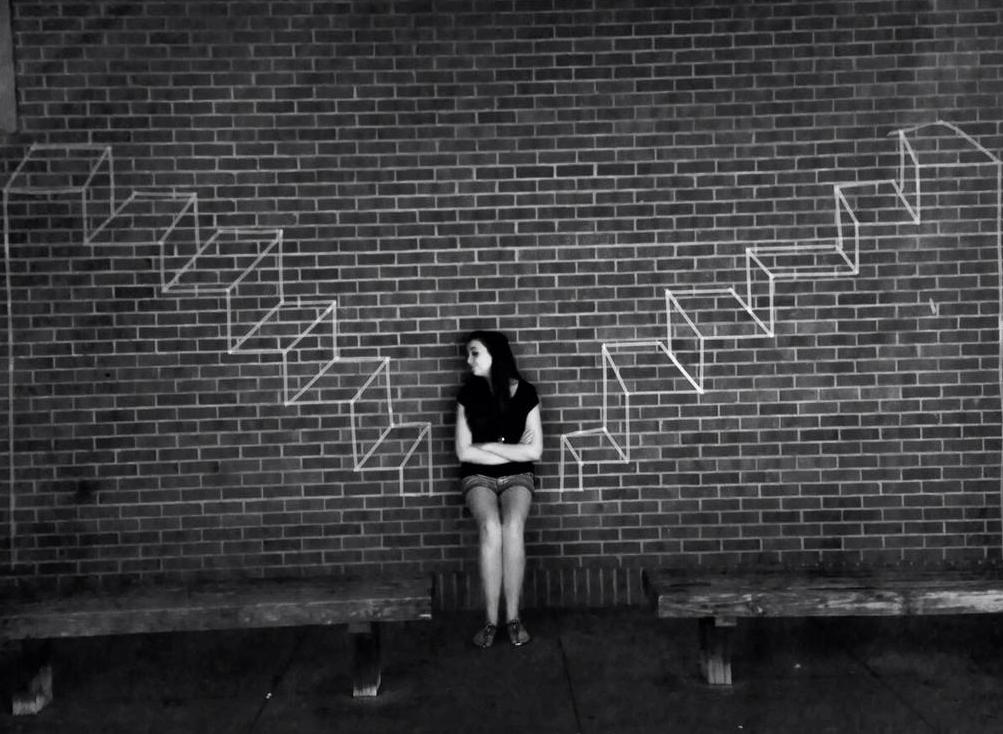
Collaboration is a valuable experience for students, but the room for deep learning varies by type. Students have more opportunity to learn when they are given greater responsibility in collaborative activities. The true value of collaboration in the classroom lies not in the product, but lies in the process of working with a team. Teacher-directed projects are tempting, because they can be used to produce visually interesting art, but they miss the point. The real educational value of collaboration is found when students take an active role in planning and organizing.
Which types of collaboration happen in your classroom?
What is your favorite collaborative project to assign?
Magazine articles and podcasts are opinions of professional education contributors and do not necessarily represent the position of the Art of Education University (AOEU) or its academic offerings. Contributors use terms in the way they are most often talked about in the scope of their educational experiences.
